Questions About Wales for senior travellers
Escorted small group tours for mature and senior travellers to Wales. Designed for couples and solo travellers who like to explore and enjoy learning as they travel to Cardiff, Betws-y-coed, the Brecon Beacons or Snowdonia National park and beyond.
13 Feb 20 · 2 mins read
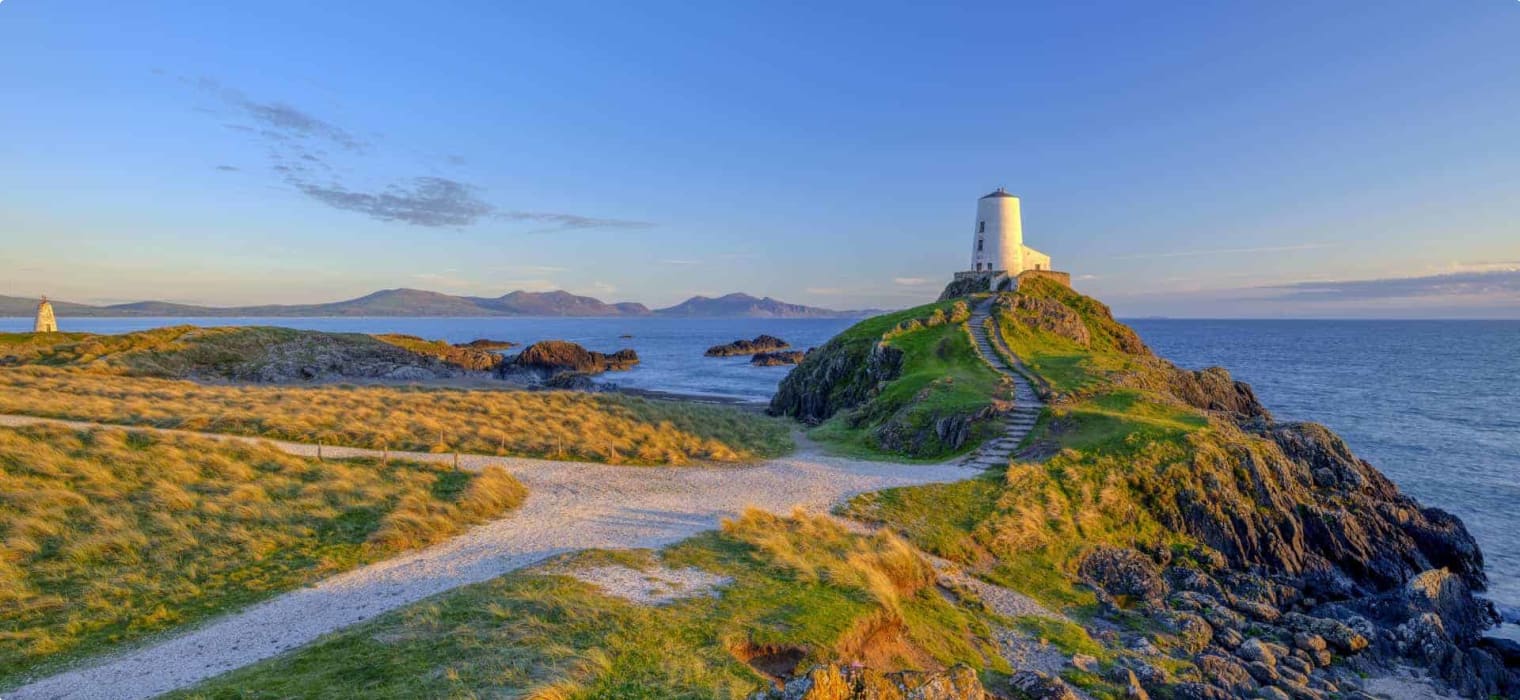
Questions about Wales for senior travellers on a escorted small group tour.
Odyssey Traveller specialises in crafting unforgettable experiences for senior and mature-aged travellers, seeking an educational learning as a couple or solo traveller. Providing adventure and educational programs to small groups since 1983. Odyssey has built up a reasonable knowledge bank to answer questions about Wales that travellers are likely to ask, as they make their plans to tour independently, or with us as part of a small group tour. We hope that this list of frequently asked questions and the answers we provide will help you with planning your next holiday.
Read on, but please do not hesitate to contact us via the website, or through email or chat if you have more questions about Wales or our other tours.
FAQs
Where is Wales located?
Wales is a constituent unit of the United Kingdom, bordered by England to the east, the Irish Sea to the north, and the Bristol Channel to the south. St George’s Channel separates it from Ireland in the west.
What is the capital of Wales?
Cardiff is the capital of Wales and its largest city, and a popular tourist destination due to its archaeological and modern sights.
When did England take over Wales?
In 1284, England annexed Wales under the Statute of Wales, turning it into an English colony.
Prior to this, Wales had enjoyed a cultural and political autonomy ever since the 8th century Offa’s Dyke geographically separated the Britons of the west (Wales) from the Germanic tribes of the east (England). Wales itself consisted of several kingdoms at the time of the Norman Conquest in 1066.
In 1216, Llewelyn ap Iorwerth of the Welsh kingdom of Gwynedd was recognised as overlord by the other Welsh rulers, and in 1218 he was acknowledged by the English crown. In Welsh chronicles, he is described as the “Prince of Wales”. His grandson, Llywelyn ap Gruffudd, who marched into the lands controlled by Norman barons, was also recognised as such.
They would be the last Princes of Wales, as England’s Edward I decided to go to war. Before and after annexation, Edward I had castles built to guard his new territories, but to also clearly communicate the power of English rule. These castles in Wales formed Edward’s chain of fortifications called the Ring of Iron, which included Caernarfon Castle, Beaumaris Castle, and Conwy Castle.
In fact, “Wales” and “Welsh” were names imposed by the invaders. According to Jon Gower in his book The Story of Wales (Penguin Random House, 2012), the terms come from Old English and translates to “foreign land” and “foreigners”. As Gower says, “The Welsh had their own name for themselves, the Cymry“–derived from the Celtic which means “fellow countryman”–“but it was the Norman label that stuck in the end” (p. 83). Read more about it in our article History of Wales.
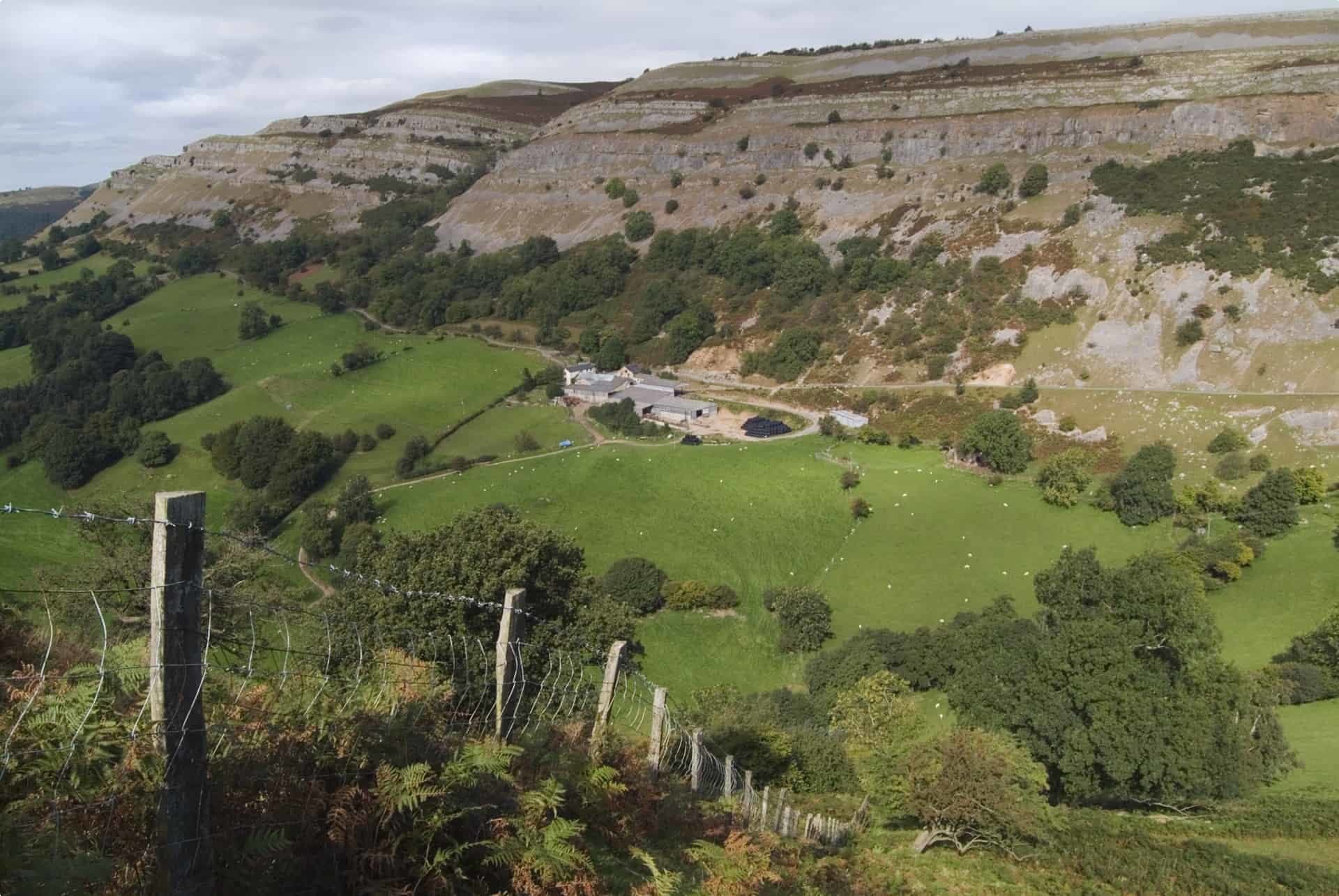

FAQs
What language is spoken in Wales?
Both Welsh and English are official languages in Wales. Welsh is the only language legally recognised as “official” in the United Kingdom other than the de facto official language, English.
A fifth of the population speaks Welsh, particularly concentrated in Y Fro Gymraeg (“Welsh-Speaking Region”) to the north and west, and diminishing as you go further south. In South Wales, English is the majority language, with Welsh spoken by less than 10 percent of the population.
The Welsh Language Act of 1993 legally established the equality of Welsh and English in Wales. A 2011 Act established Welsh as an official language.
What airlines fly to Wales?
There are several airlines that fly to Wales, as Cardiff Airport is a major hub with over 50 direct routes and more than 900 connecting destinations globally. You can also fly to London and continue your journey by land, or fly to Ireland and travel by ferry to North or West Wales.
Can you take a train or bus from London to Wales?
What food is famous in Wales?
The Welsh fiercely protect their customs and traditions, and this is reflected in their cuisine, too. There remains a proud passion for sharing Wales’s signature dishes, and it is well worth seeking them out on your travels.
Welsh lamb and beef feature prominently in this cuisine, along with local caught seafood including salmon, brown trout and lobster. A very traditional dish is cawl, a soup from a base of bacon, leek and cabbage that varies according to region and season.
There is an abundance of soft cheeses made with goats’ and sheep’s milk from local farms. Welsh rarebit is “posh cheese on toast”.
Traditional spiced Welsh cakes are similar to scones, but cooked on griddle plates and served with just a dusting of sugar, hot or cold.
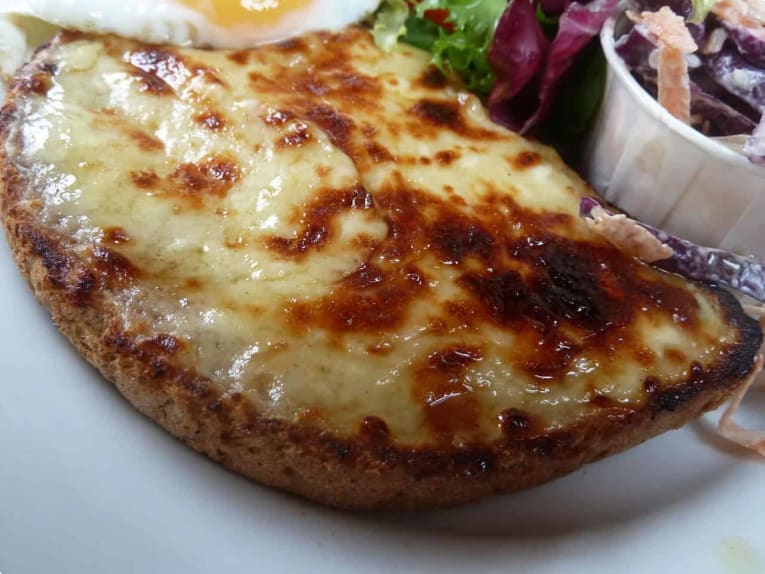

FAQs
What is there to do in Wales?
Wales’ rich history leaves a landscape dotted with architectural gems that survive to this day, and its rugged landscape makes it a favourite destination for outdoor enthusiasts.
You can visit the many castles in northern Wales. Caernarfon Castle became witness to a long history of conflict, sacked several times during the Welsh rebellions against the English. Caernarfon Castle was also the site of the investiture of Prince Charles, who currently holds the title of Prince of Wales.
Caernarfon Castle is grouped with Conwy Castle, Harlech Castle, and Beaumaris Castle as a UNESCO World Heritage Site. It has two towered gates and seven octagonal towers, each tower connected by a curtain wall.
Cardiff Castle is situated within beautiful parkland and was originally a Roman fort, expanded by rulers through the centuries.
You can see the Gower Peninsula, designated as the UK’s first Area of Outstanding Natural Beauty back in 1956, and remains breathtaking to this day.
Head to Llanelli, once the world’s centre of tinplate production, home to the Llanelly Steel Works (later Duport), established in 1898 and which closed its doors in 1981 following nationalisation and changing owners. It is now part of a nature reserve and the starting point of the incredible Millennium Coastal Path that cuts through the Millennium Coastal Park.
Within the park is Pembrey Forest, a fascinating combination of predominantly Corsican pine forest and sand dunes. You might also stumble upon bunkers, as the area used to be an ordnance factory (a factory that makes military weapons and ammunition). It is home to many wildlife, including several species of butterfly. You can spot flora and fauna, go on a picnic, or head back into the sun. As this forest is by the sea, you’re also never too far from the beach!
More than half (52%) of Wales’ Snowdonia National Park or Eryri (“highlands”) in the western coast is covered by mountain ranges. In total, the park covers more than 2,000 square kilometres of diverse landscapes and beautiful scenery, perfect for those seeking an idyllic escape.
The oldest and largest of the three national parks in Wales, Snowdonia is home to Mt Snowdon, the highest peak in the British Isles outside of Scotland, standing at 1,085 metres; Llyn Tegid (Bala Lake, “Lake of Serenity”), the largest natural lake in Wales; as well as tens of thousands of residents who live within the park in beautiful villages.
Snowdon’s summit can be reached by riding the Snowdon Mountain Railway from the station in Llanberis. Travellers have been going to Llanberis since 1896 to experience this railway journey. A return ticket allows you 30 minutes at the summit to enjoy the views. Trains run to the summit beginning in May; between mid-March and May, the train would only take you as far as Clogwyn. From Clogwyn, it is an hour’s walk to the top.
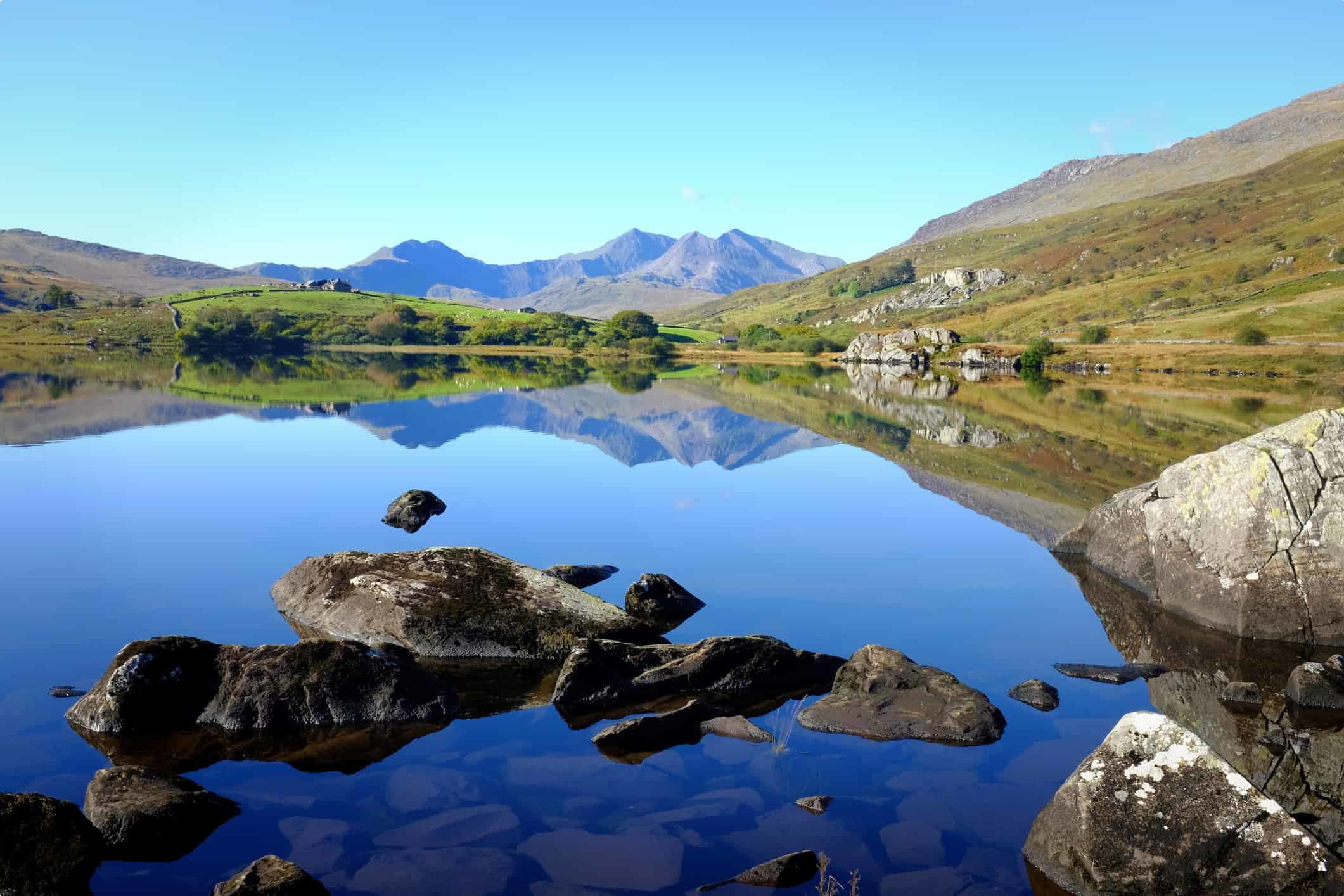
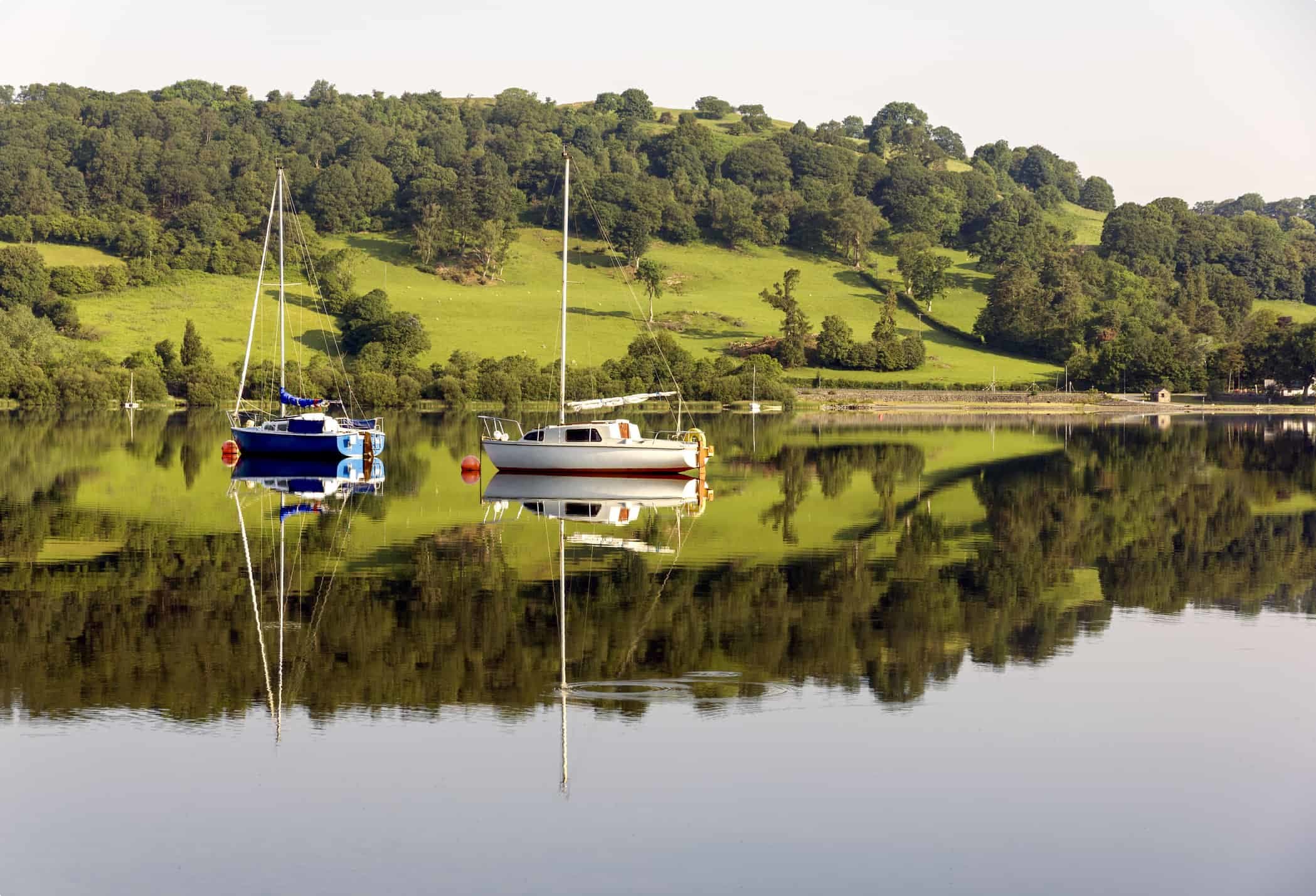
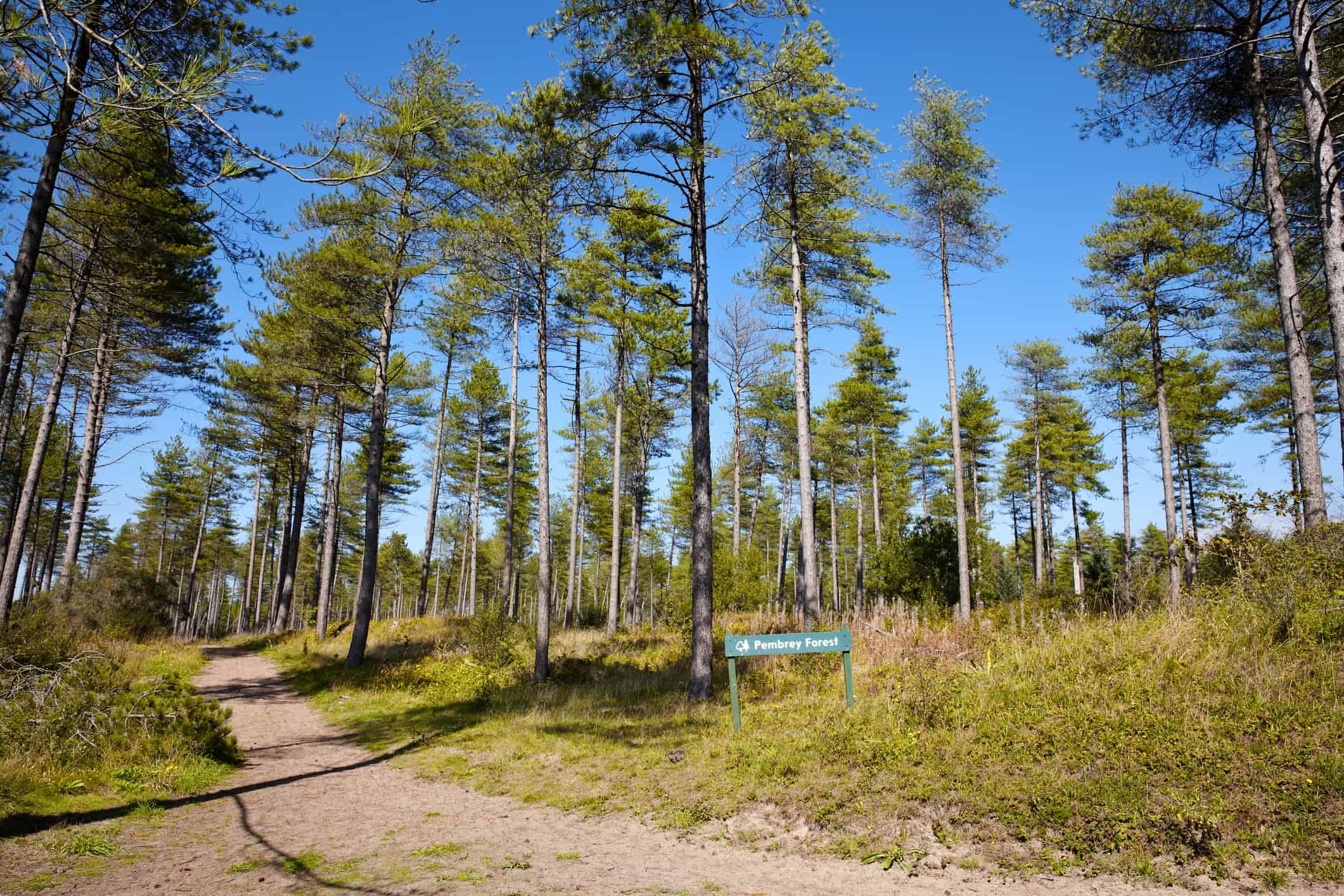

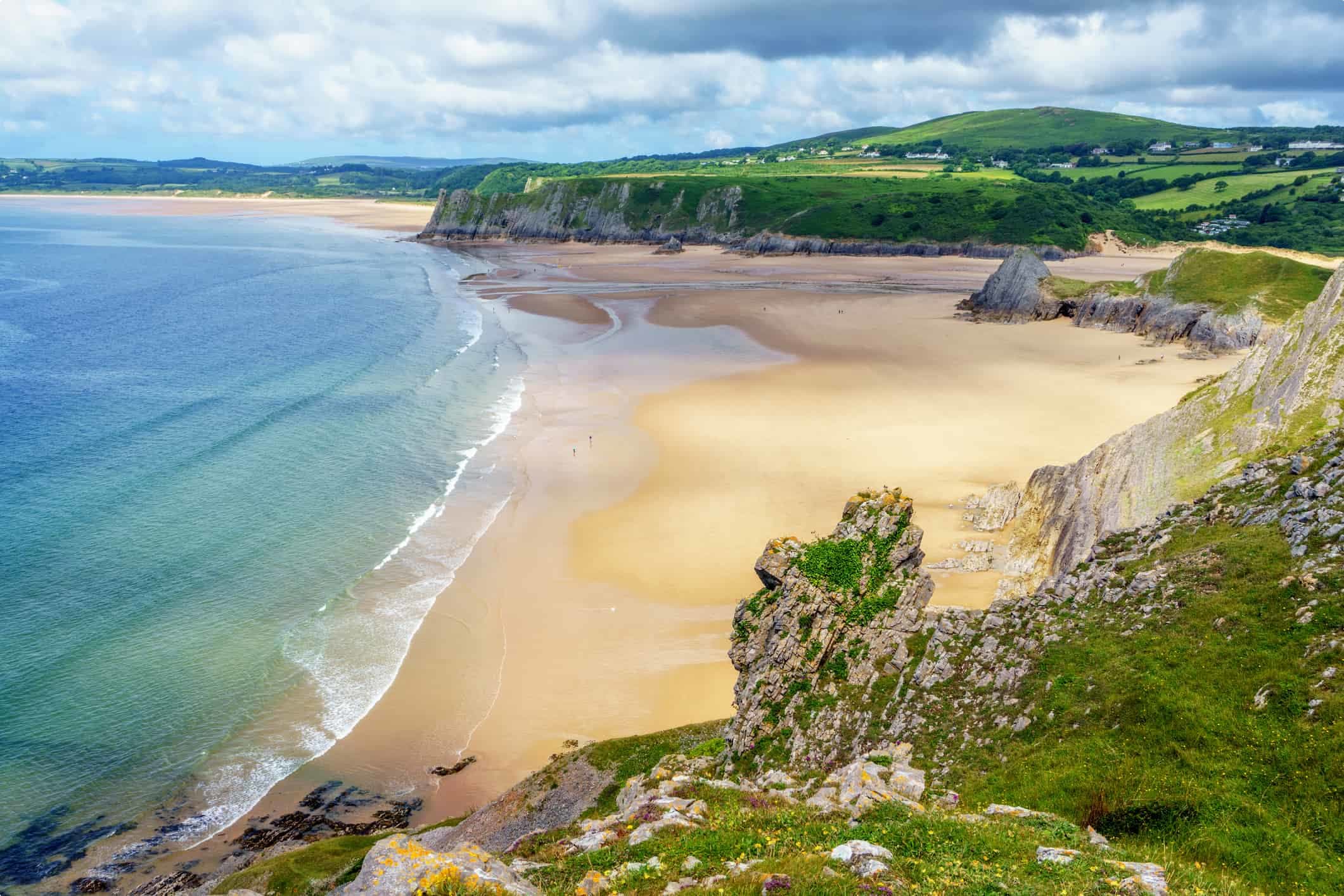
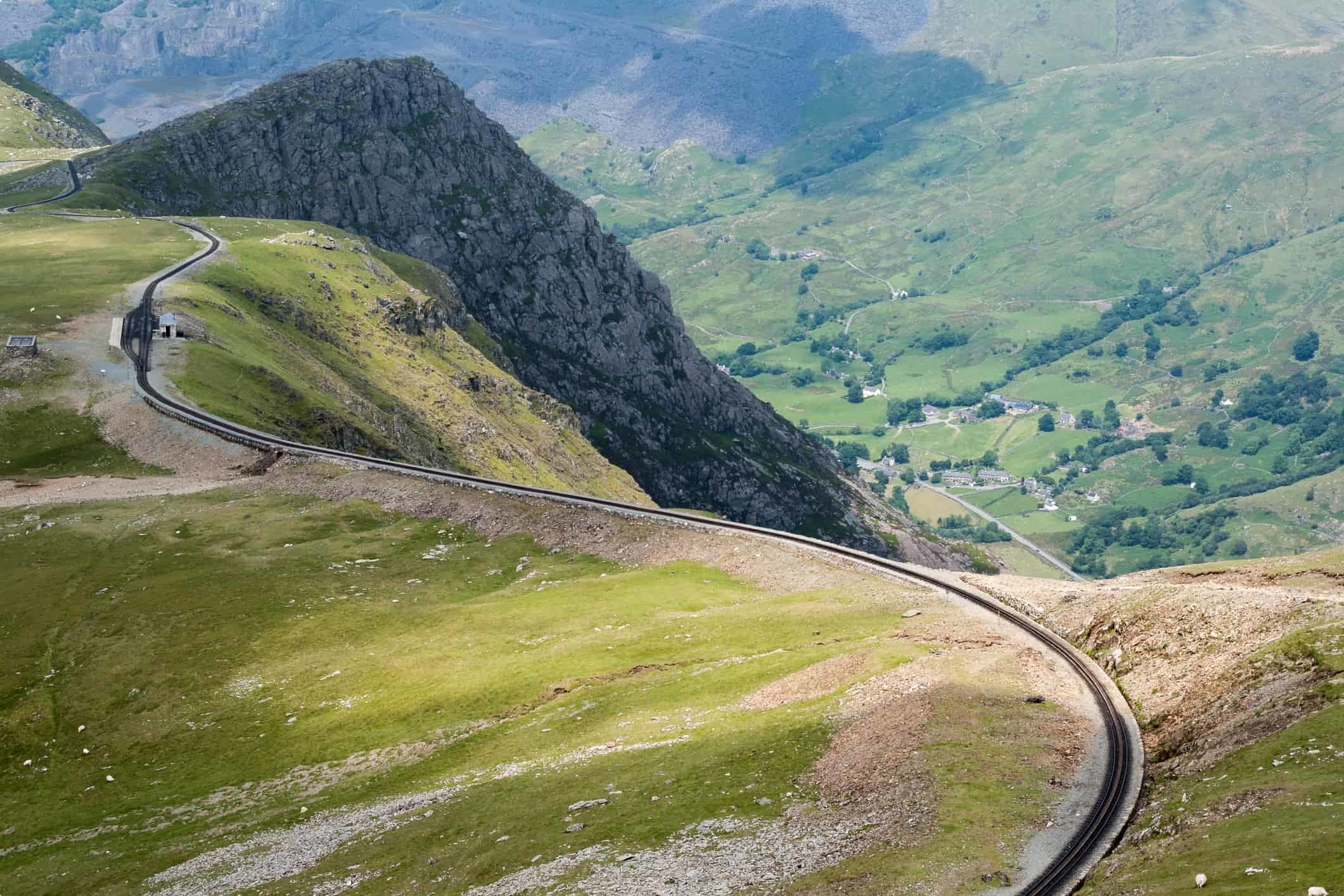
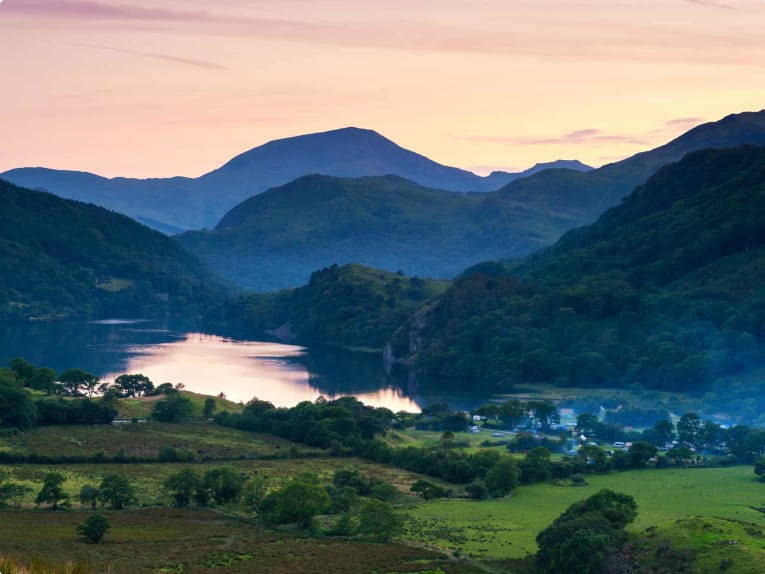
FAQs
What is the best time of year to visit Wales?
Wales’s climate is above all distinguished by its changeability and variation. Because of its geography, the mountains can shape the weather in swift and unexpected ways. Travelling in Wales, you’ll always need to be prepared for rain and wind, especially in the autumn and the early winter months, and whenever you’re walking hilly areas. In winter, the temperature averages around six degrees Celsius, but can head up to 24 degrees in summer!
What can you buy in Wales?
Wales has several independent shops that are quirky and interesting alternatives to the store chains and high street luxury shops you may find in other cities. You can buy locally made products such as strong cheddar cheese, laverbread (made from seaweed), Welsh cakes, and beer. For something shiny to treasure, you can buy traditional jewellery made from Welsh gold.
If you’d like to learn more, do join Odyssey Traveller’s tours to Wales, designed for the mature-aged and senior travellers.
Take a look at the itineraries, and please call or send an email if you have further enquiries.
Related Tours
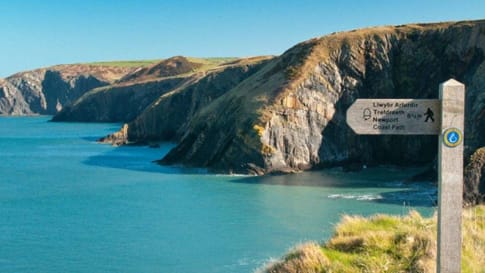
13 days
AugExploring Wales on foot : small group walking tours for seniors
Visiting Wales
A Walking tour of Wales with spectacular views across as you walk the millennial path across the Irish sea or up in Snowdonia national park. This guided tour that provides insight into the history of each castle visited and breathtaking scenery enjoyed before exploring the capital of Wales, Cardiff with day tours of Wales from Cardiff. For seniors, couples or Solo interested in small groups.
From A$11,895 AUD
View Tour
17 days
Mar, SepTour of Wales
Visiting Wales
Join Odyssey Traveller on this tour small group guided tour of Wales, an unforgettable travel experience through varied landscapes from south Wales to north Wales and back, travelling on the coast overlooking the Irish Sea and through picturesque Welsh villages, starting in Cardiff city centre.
From A$14,375 AUD
View Tour
20 days
May, Sep, JunWalking Ancient Britain
Visiting England
A walking tour of England & the border of Wales. Explore on foot UNESCO World Heritage sites, Neolithic, Bronze age and Roman landscapes and the occasional Norman castle on your journey. Your tour director and tour guide walk you through the Brecon beacons, the Cotswolds and Welsh borders on this small group tour.
From A$13,995 AUD
View Tour22 days
AugRoman Britain
Visiting England
On this small group tour explore with a tour director and local guides the world of Roman Britain. The Romans occupied Britain for some 400 years and left behind a lasting legacy from roads Hadrian's wall to Roman Baths many are UNSECO World heritage listed.
From A$14,545 AUD
View TourArticles
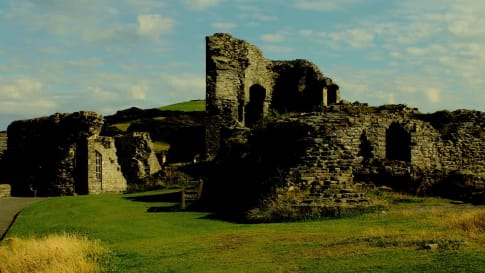
Aberystwyth, Wales
Aberystwyth is a small ancient market town and stunning seaside resort in Ceredigion on the west coast of Wales. Established as a castle town in the Middle Ages,

Beaumaris Castle, Wales
Beaumaris Castle, Edward I of England’s architectural masterpiece built from 1295 to protect his territorial gains in the region. The historic castle is a world heritage listed site considered to be one of the most significant and sophisticated surviving examples of medieval military architecture.
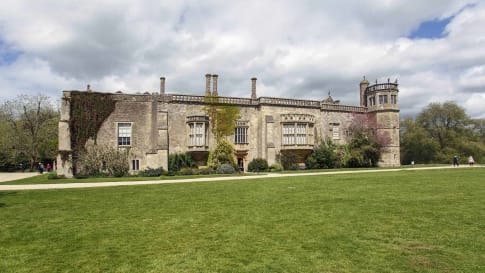
Britain’s National Trust role for successful small group history tours
Britain’s National Trust: Historic houses, gardens and natural wonders Britain is home to many attractions, many of them rich in the region’s history. Sites and artefacts are preserved beautifully, and […]
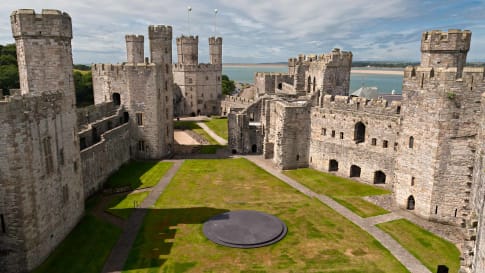
Caernarfon Castle, Wales
Edward I's massive Caernarfon Castle was a display of English might on Welsh territory. Caernarfon Castle was built on the shoreline, consisting of a castle, a walled town, and a quay all built at the same time. Construction of this massive project took 47 years to complete.
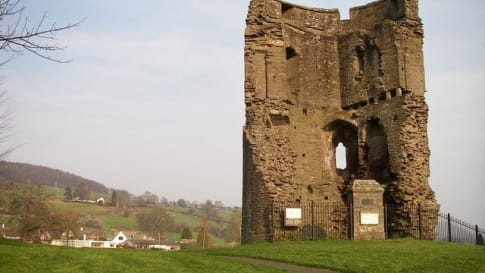
Discovering Crickhowell, Wales
Crickhowell is a popular tourist location from which to experience the scenery of Brecon Beacons and partake in enjoyable outdoor activities such as hiking, mountain-biking, rock climbing, fly-fishing and more.
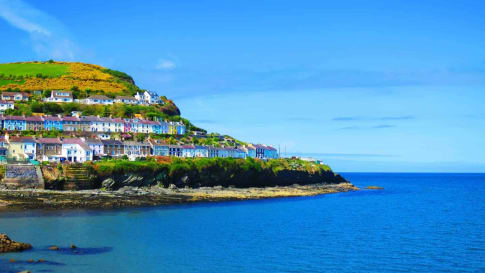
History of Wales: The Definitive Guide for Senior Travellers
History of Wales The Anglo-Saxons fell to the Normans in 1066, but it would take more than two centuries before England’s rulers–starting, crucially, with Edward I–turned their attention to dominating Wales. In this article, we…


